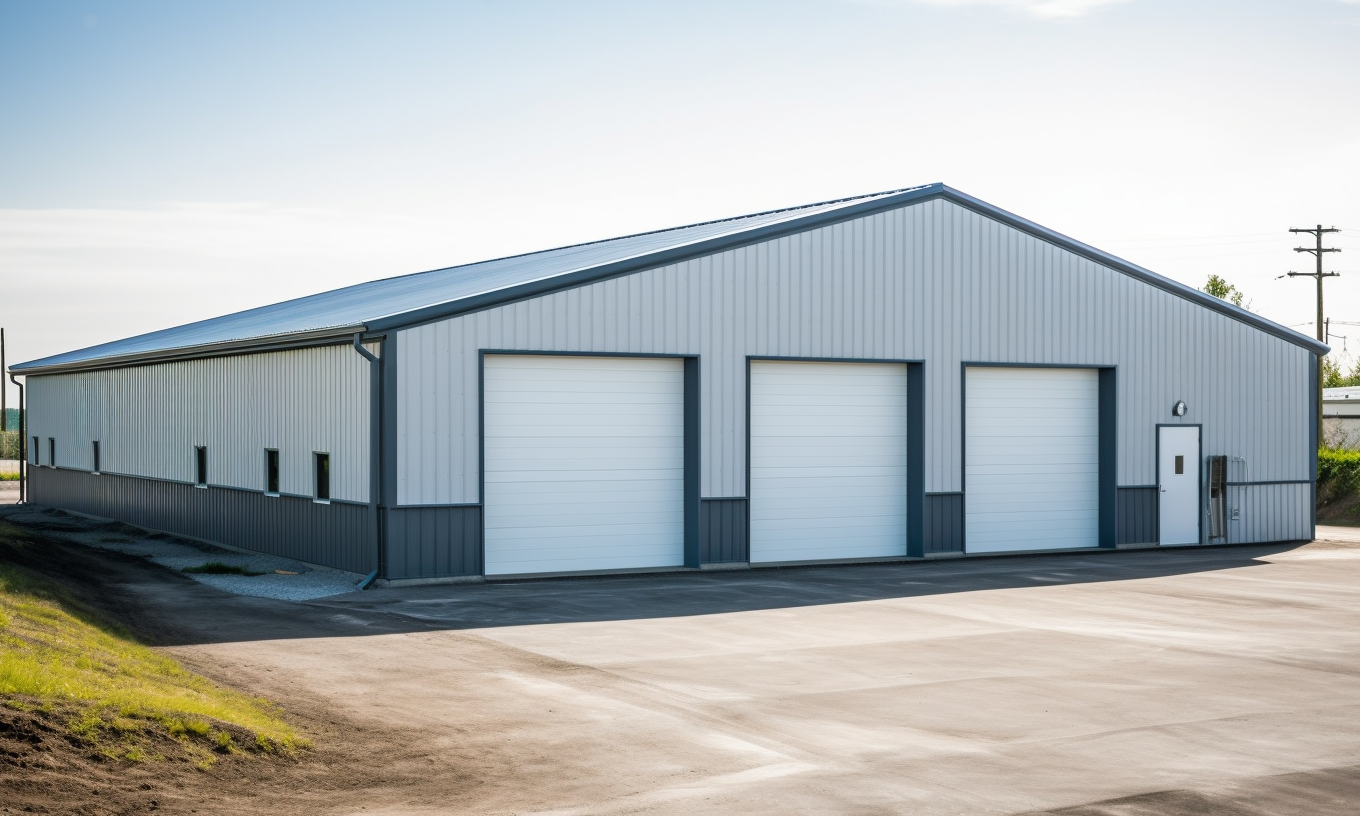Rising Rental Rates and Decreasing Vacancies: A Look at the Shift in Rural Alberta’s Property Scene
In the picturesque landscapes of Rural Alberta, a notable shift is taking place. Apartment vacancies are on the decline, and the rental prices are continuously on the rise. According to a recent provincial survey, it seems that more and more people are favoring the tranquility of rural life over the bustling city, thereby driving changes in the housing market. But what does all this mean for residents, landlords, and real estate developers? Let’s dive into it.
The Scenario: Increasing Rents and Decreasing Vacancies
As the demand for rental apartments increases, property owners in rural Alberta are capitalizing on this market transformation. According to a provincial survey, the average cost of renting an apartment in Rural Alberta increased last year. The same survey also reported decreasing vacancies, indicating a greater demand for rental homes in the region. What was once a market with plentiful options for renters is becoming progressively competitive.

Impact on Residents and Landlords
The increasing cost of rental apartments directly impacts the residents, especially those unable to afford the hike in rent. It leads to a tough choice between reshuffling budgets or seeking more affordable housing elsewhere. On the flip side, landlords are experiencing a favorable environment as they can potentially yield higher returns through increased rental rates.
Housing Market Effect: New Opportunities for Developers
This new property scenario in rural Alberta presents opportunities for real estate developers and construction companies. As demand outpaces supply, it is the perfect time for them to invest in new housing projects. Modular homes or steel buildings, like this one, are a cost-effective and quick-to-construct option to meet the increasing housing needs. Additionally, the aesthetics and durability these homes can offer are unparalleled.
Expanding Horizons: Not just Houses but Homes
The changing rental landscape goes beyond just constructing buildings; it involves creating homes and meeting the demands of modern rural living. Residents are looking for affordable, durable, and modern living solutions that go hand in hand with the tranquility of rural life. Offering homes integrated with modern infrastructure, like these projects, can be a win-win for both developers and potential residents.
Conclusion
The rural Alberta property scenario indicates new trends and opportunities for residents, landlords, and developers. The increasing demand validates the appeal of rural Alberta’s serenity and community lifestyle. However, it poses challenges that need to be met effectively, primarily through affordable, high-quality, and modern housing solutions. These market trends signify a need for innovation, just like the cutting-edge construction solutions our readers admire and seek.
Have you experienced the changing housing scenario in rural Alberta? Are you facing the housing crunch, or are you a landlord benefitting from the rise in rental prices? Maybe you’re a developer navigating the exciting opportunities these trends present? Share your experiences and perspectives in the comments below. Let’s engage in a conversation about the future of rural Alberta’s real estate market.
Source: CBC News




